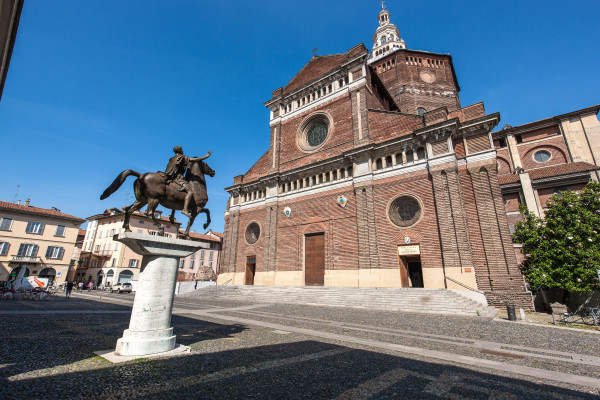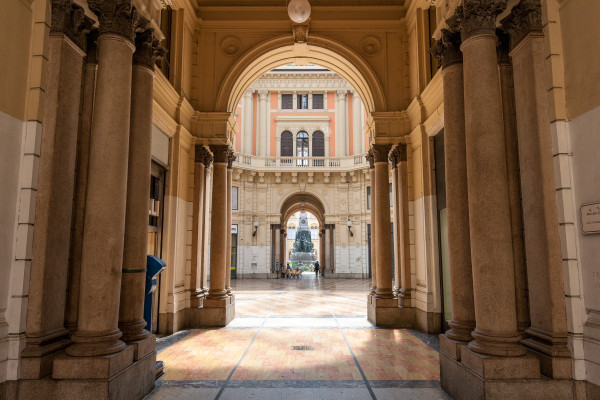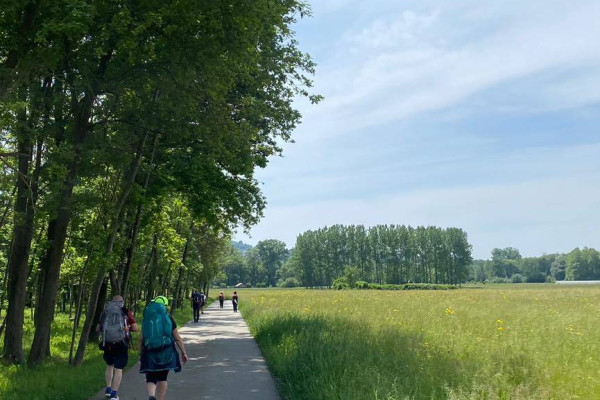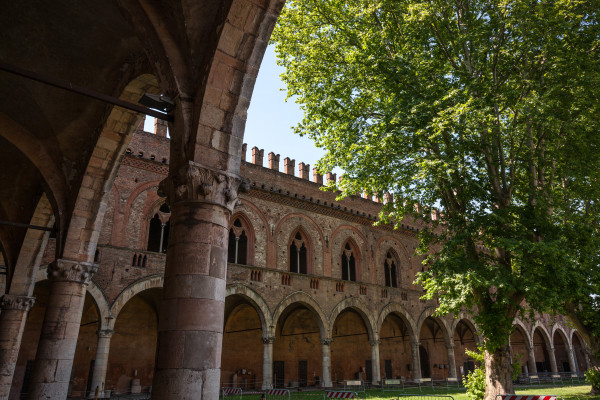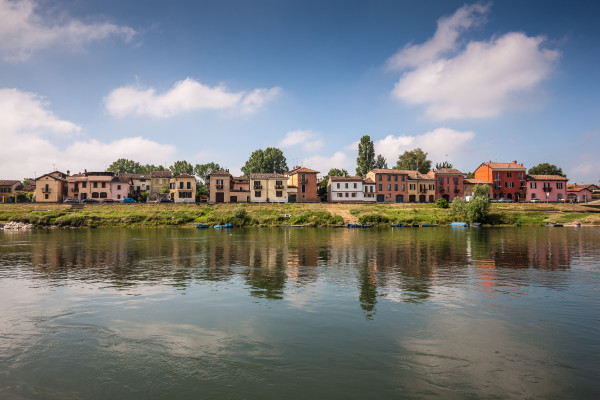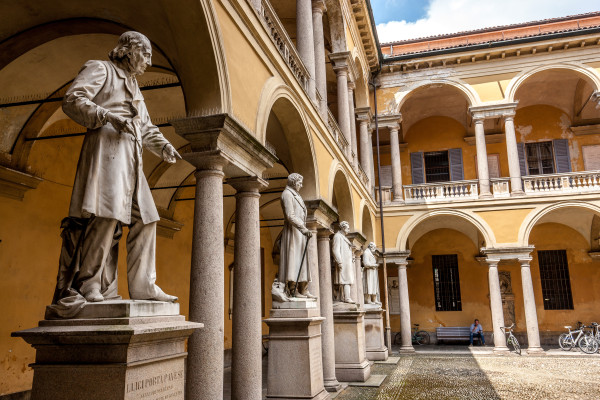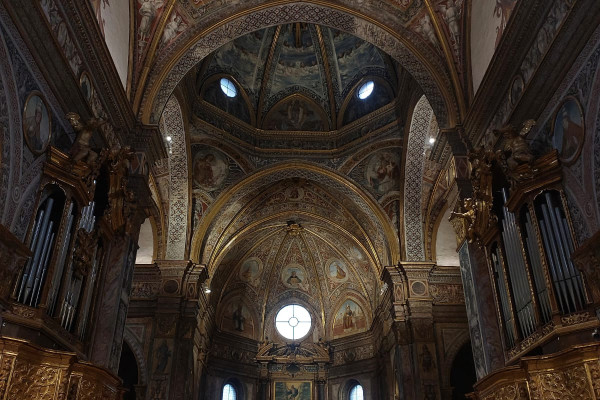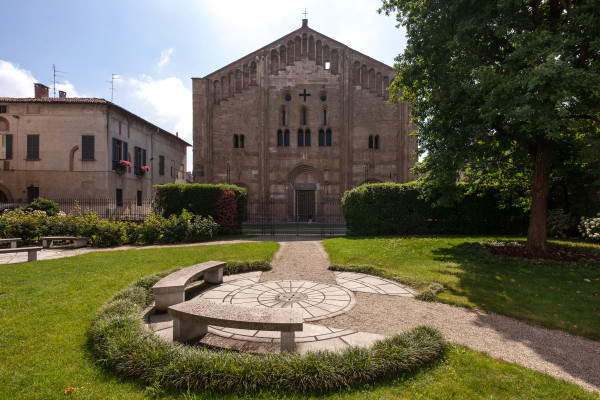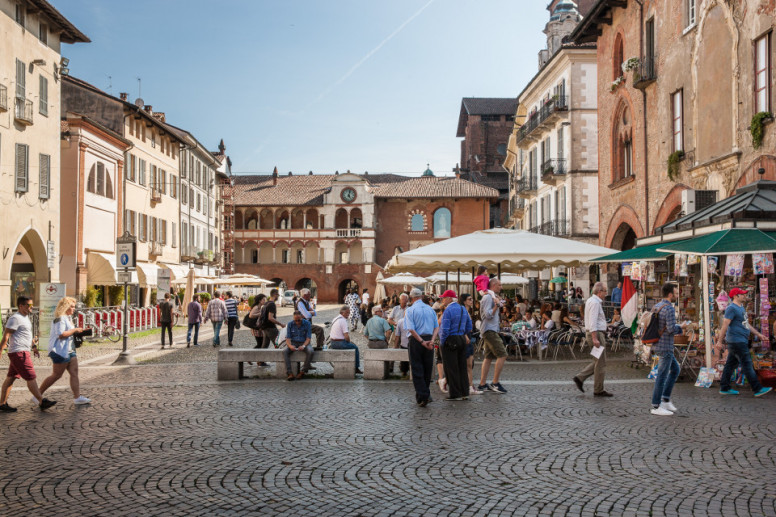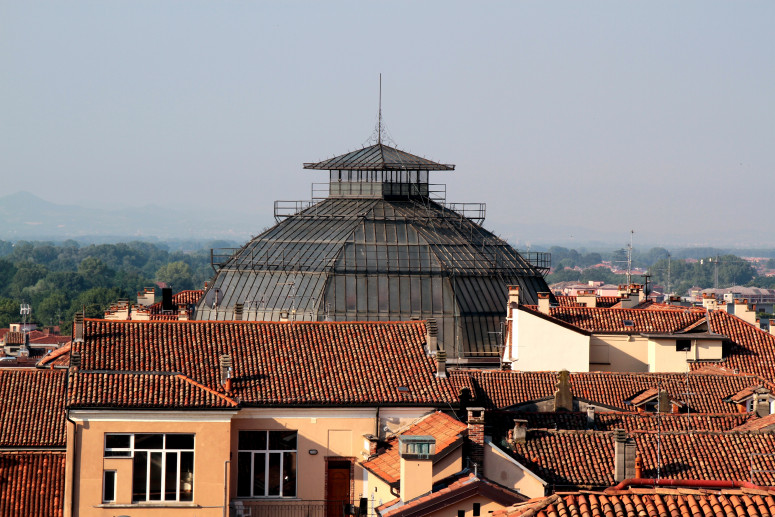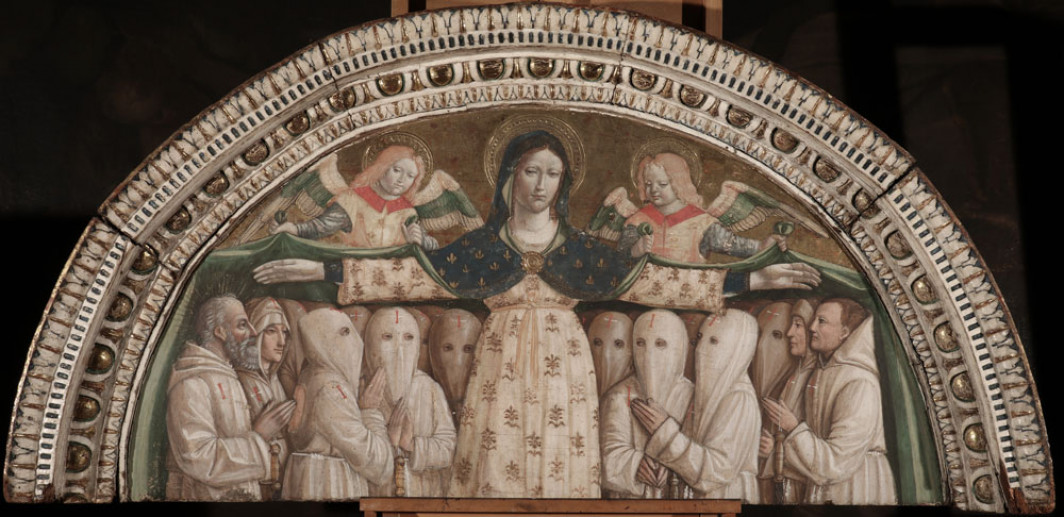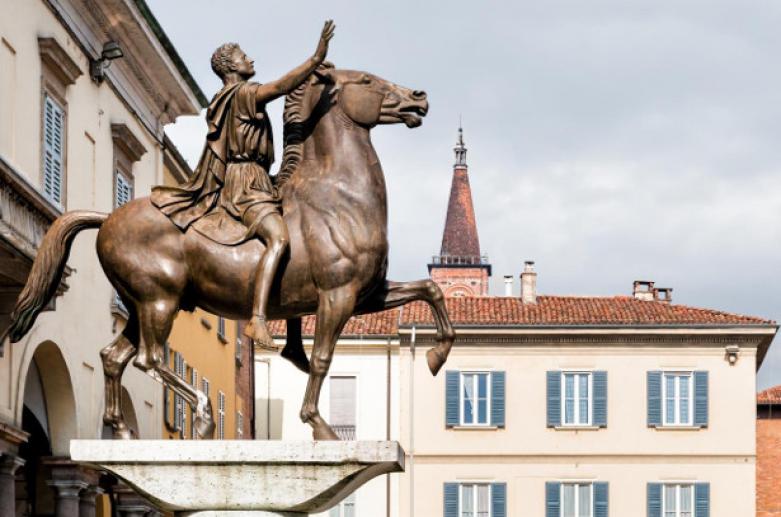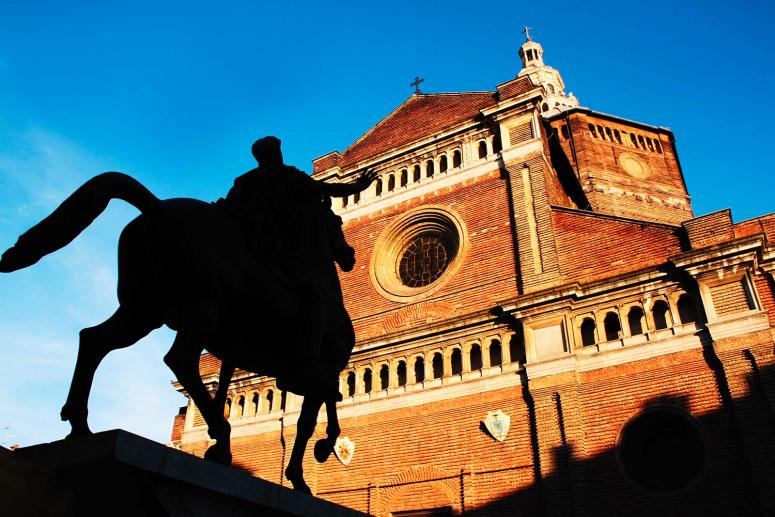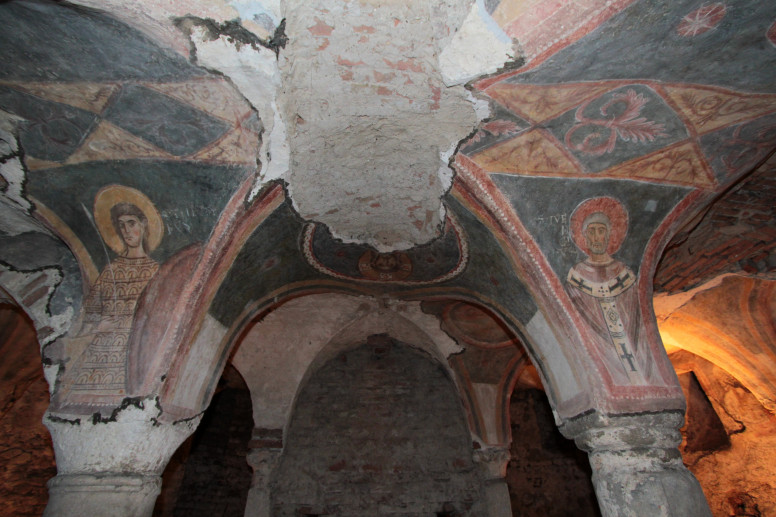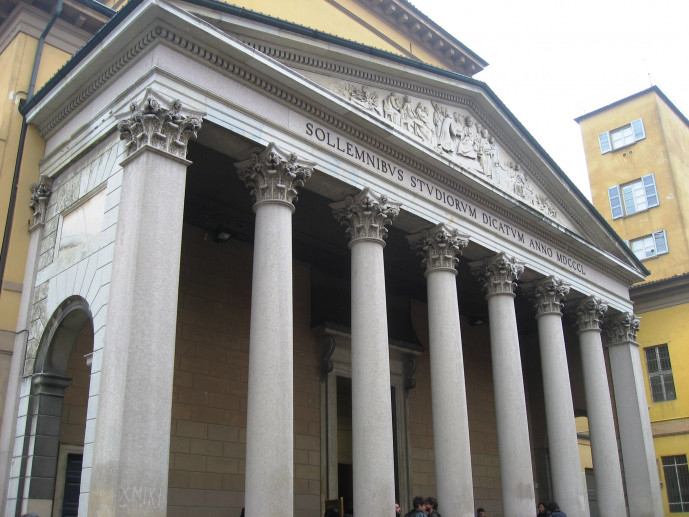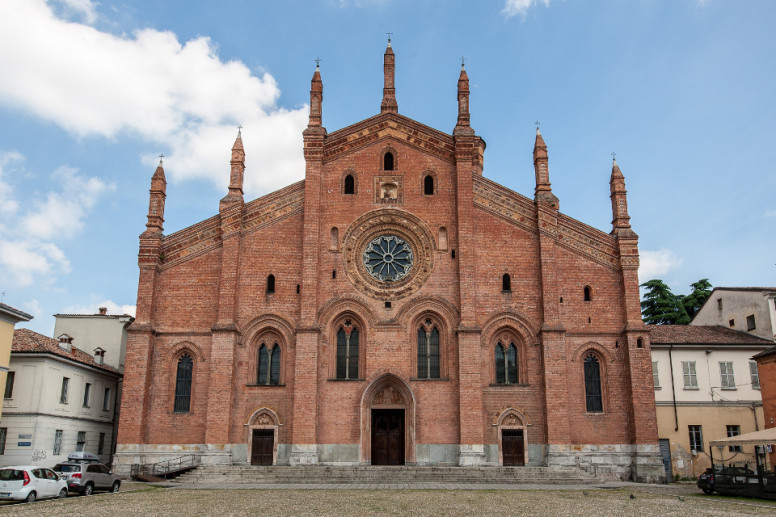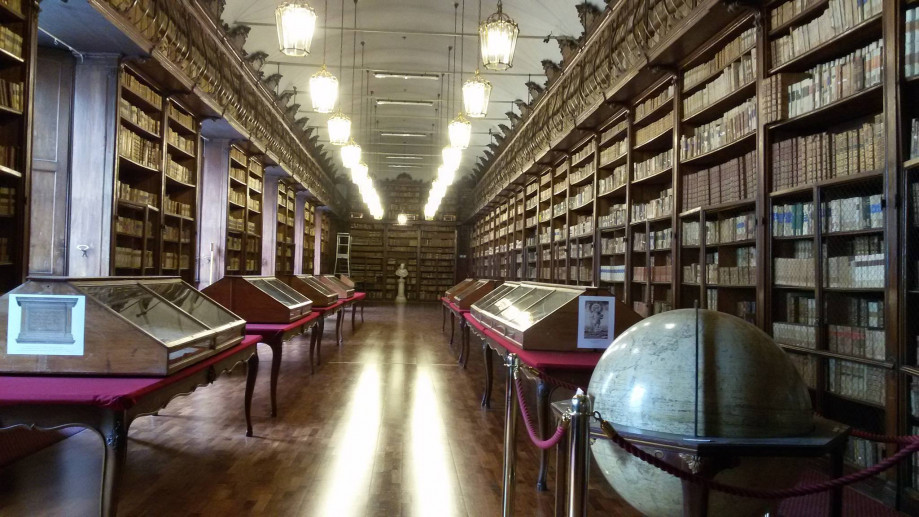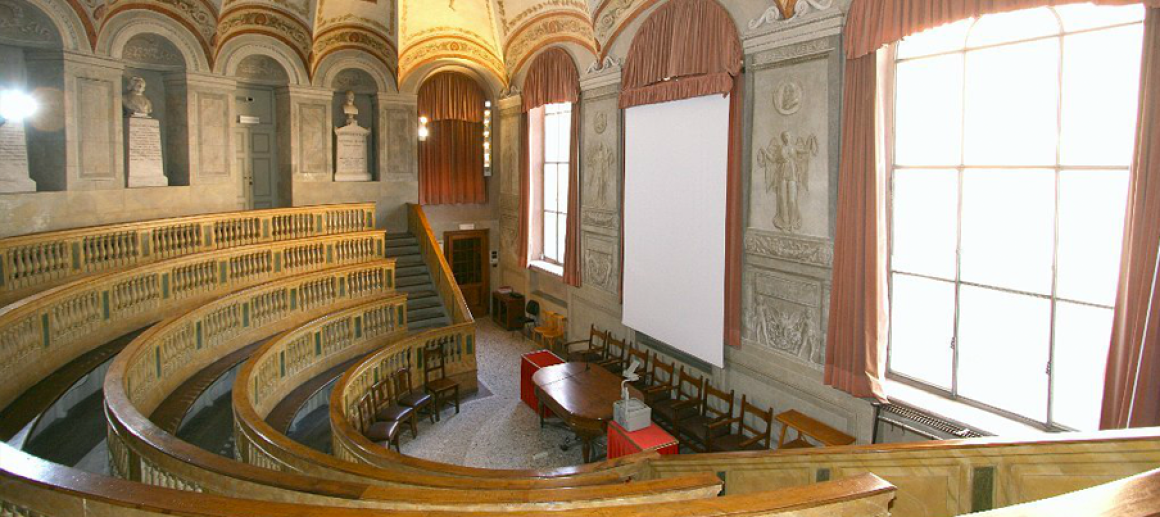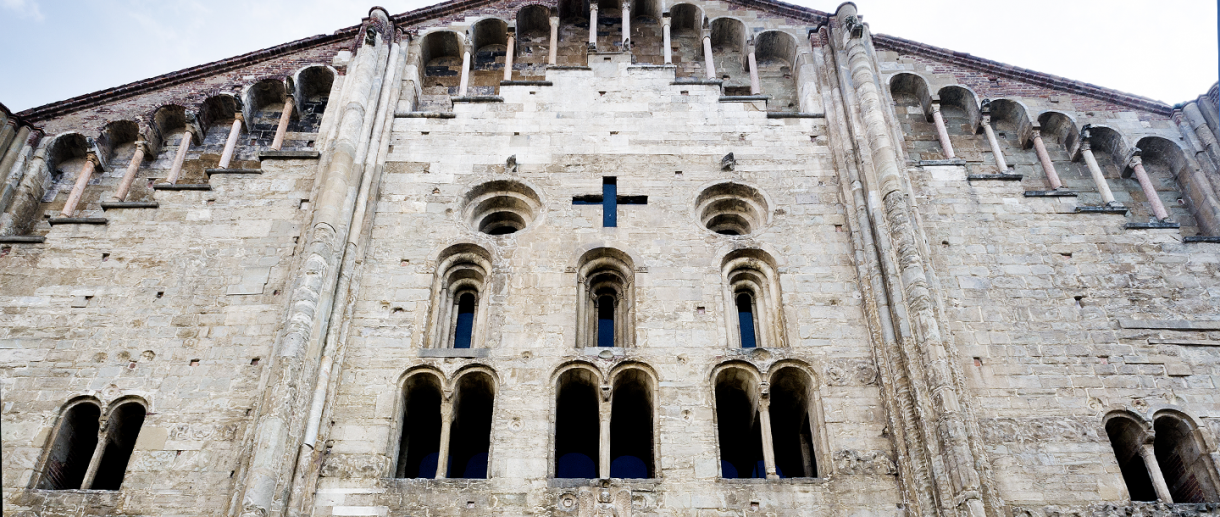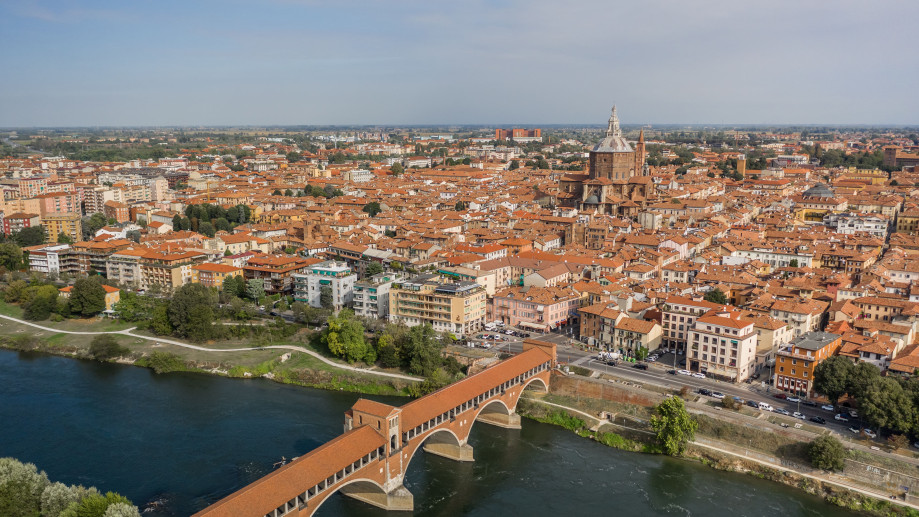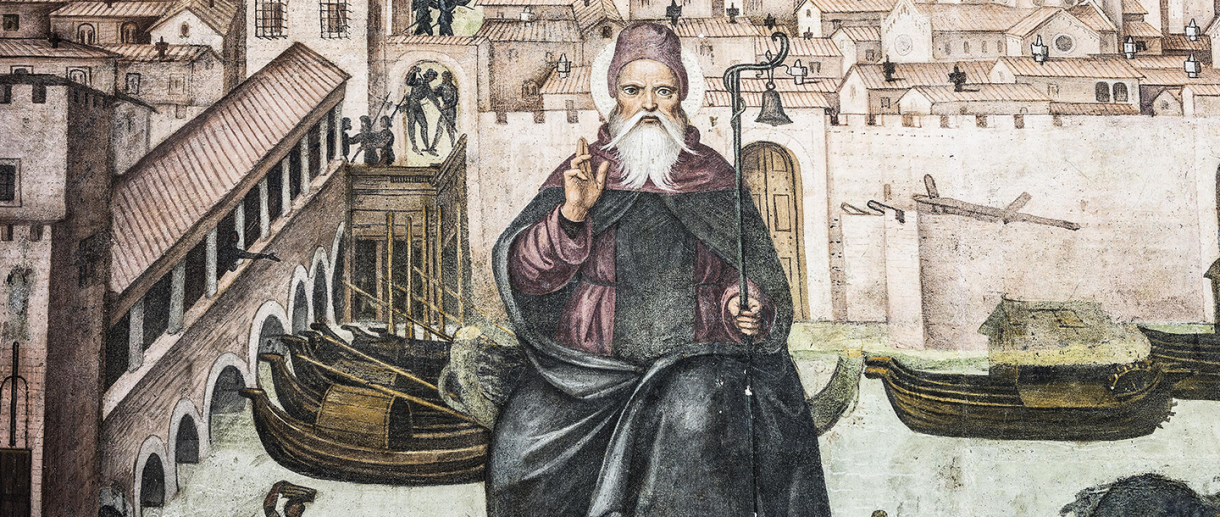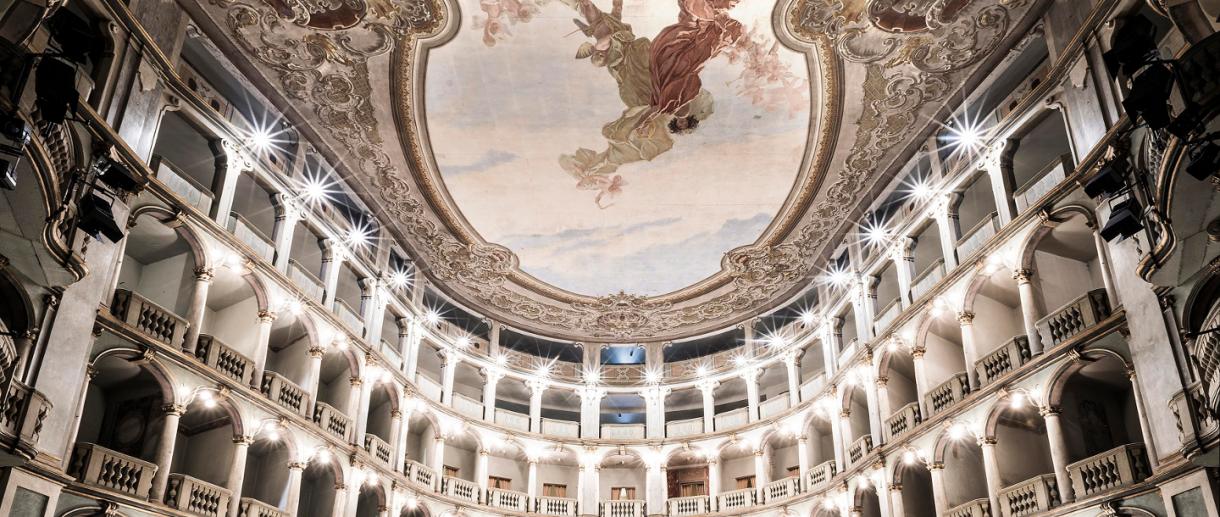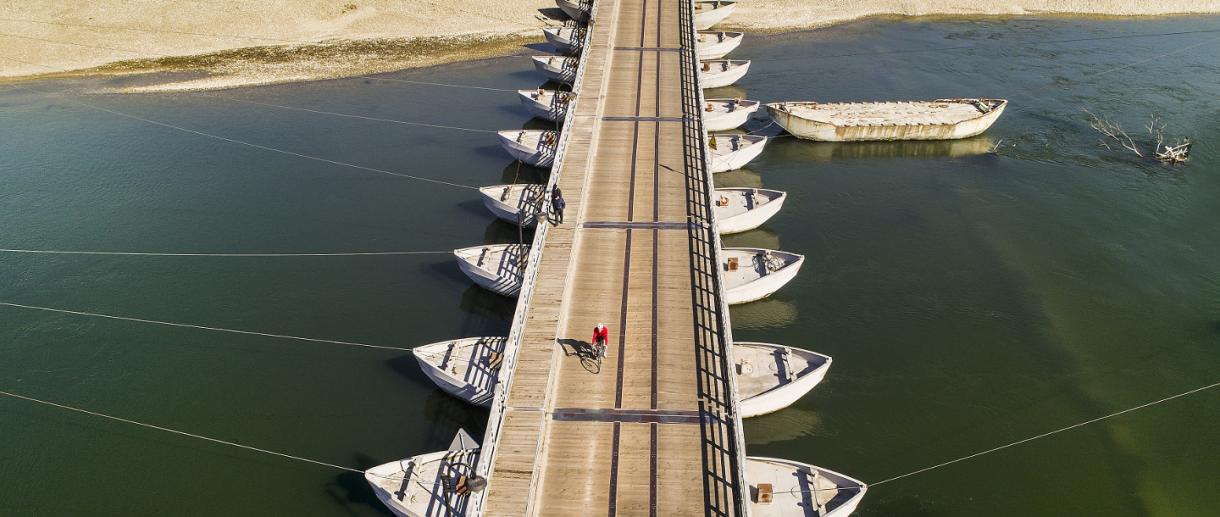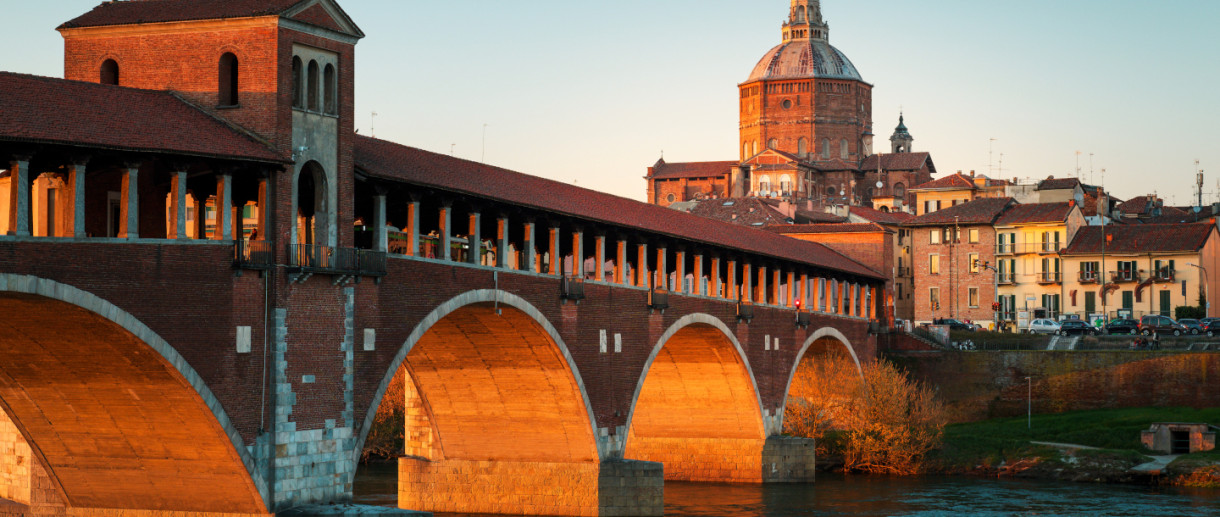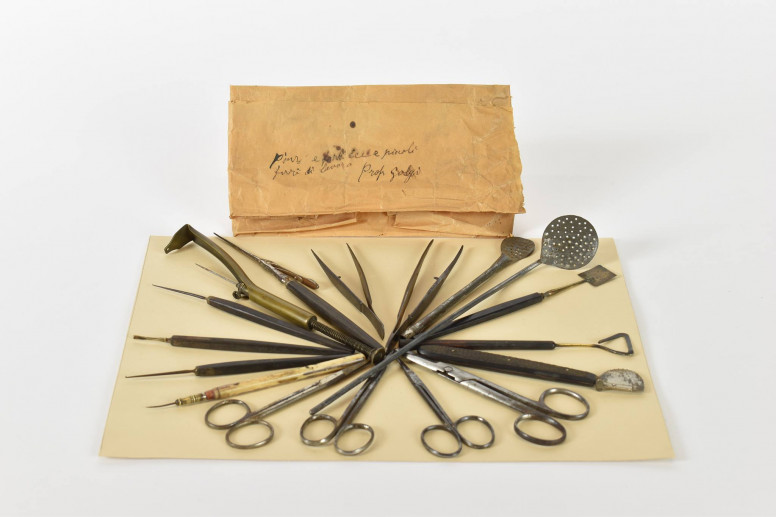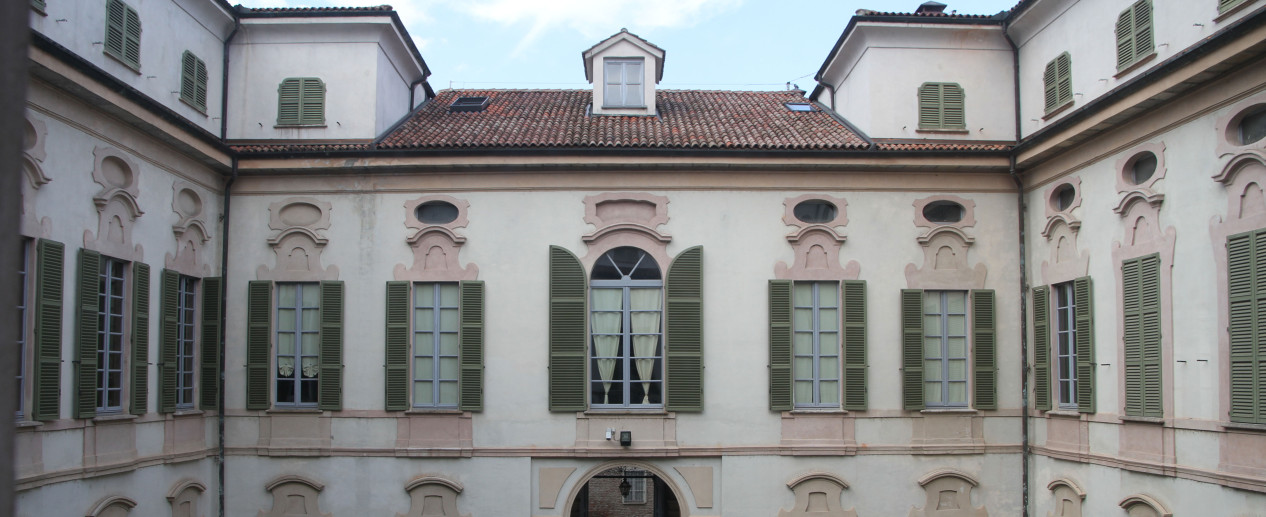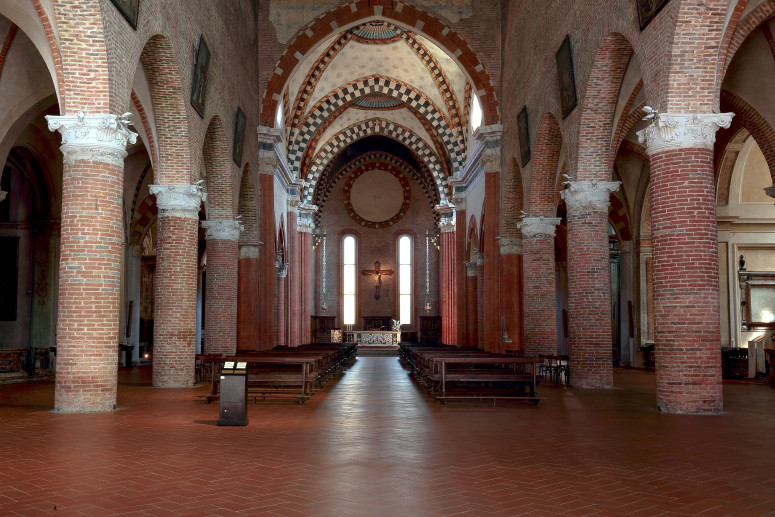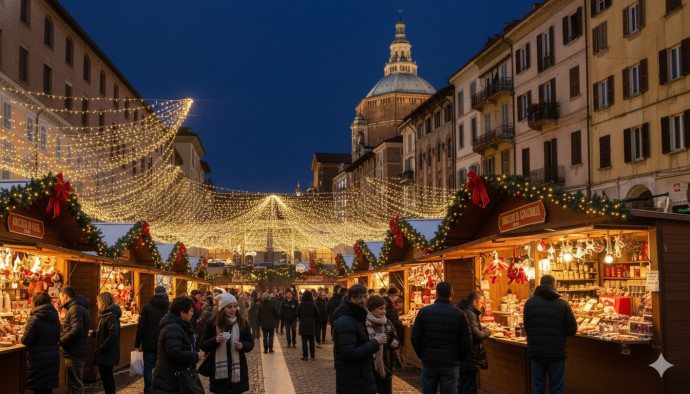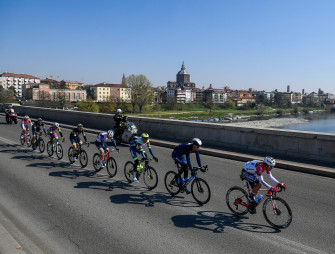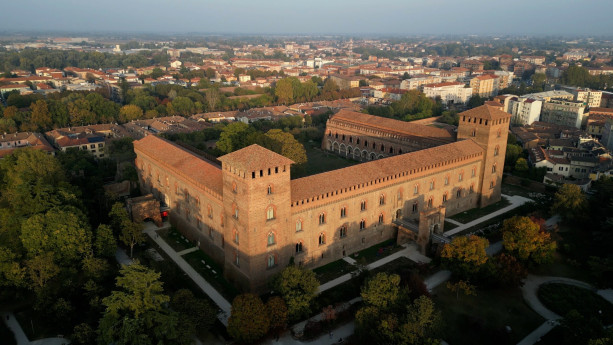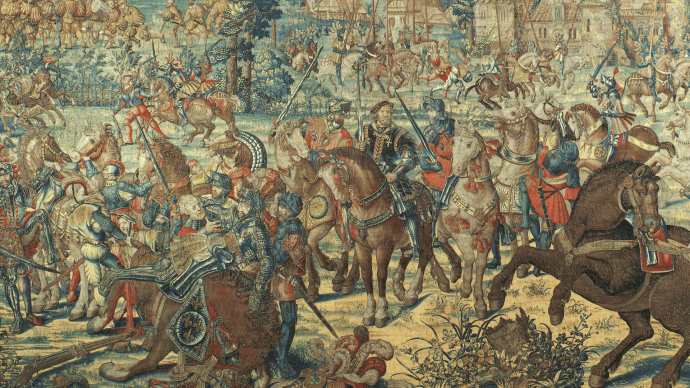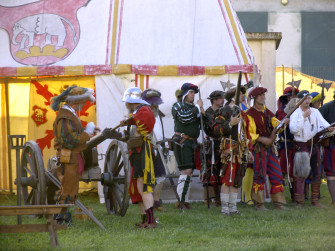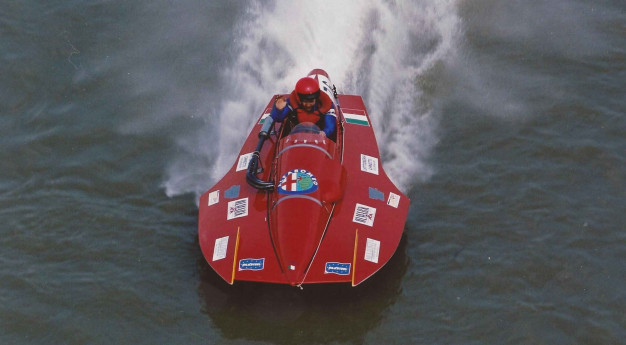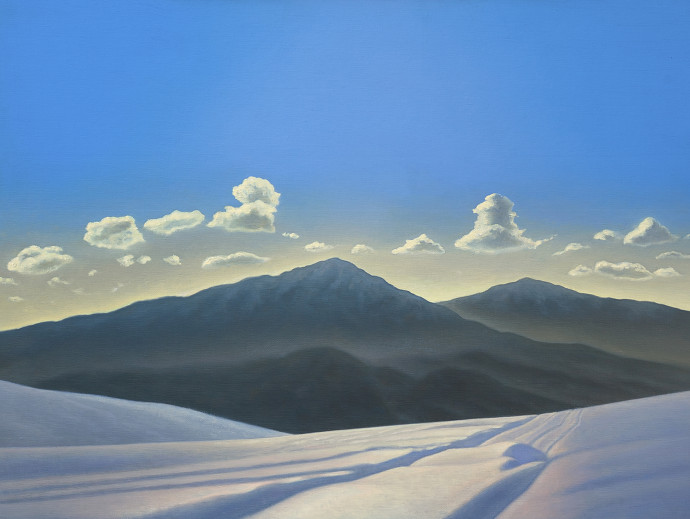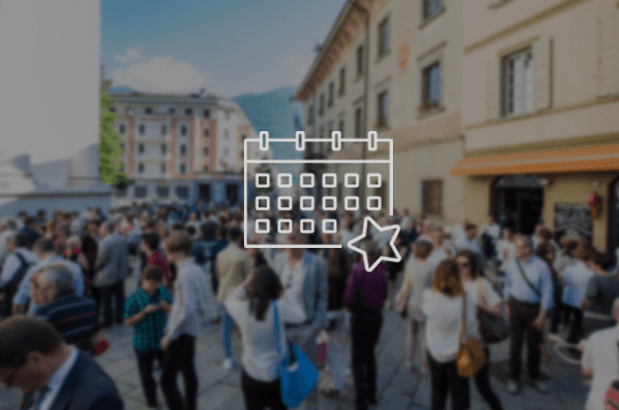- Infopoint
Pavia Infopoint
Discover Pavia: City of Knowledge, River and Paths
Pavia is a fascinating city thanks to its harmonious blend of art, history and tradition. Its prestigious university, founded in 1361 by Emperor Charles IV, is among the oldest in Italy and has welcomed illustrious figures in literature and science, such as Ugo Foscolo and Alessandro Volta, among its cloisters.
In 1894 even Albert Einstein stayed here with his family, enchanted by the walks in the Oltrepò Pavese and along the Ticino River. The city boasts extraordinary churches, including the majestic Duomo, the custodian of precious relics and works of art, and San Pietro in Ciel d'Oro, where St. Augustine and other prominent historical figures rest. The Basilica of San Michele Maggiore, on the other hand, played a key role in royal coronations. Icons such as the striking Covered Bridge, which connects the center to Borgo Ticino, and the Civic Museums housed in the Visconti Castle make this city a must-see.
Pavia: between the pages of time
The city, founded by the Ligurians on the banks of the Ticino River and refounded by the Romans in 89 B.C., was chosen as the capital of the kingdom by both the Ostrogothic king Theodoric and the Lombard rulers, who enriched it with numerous splendid churches.
In the 10th century Pavia went through a period of decline, culminating in 924 with the devastating sacking by the Hungarians. However, as early as the 11th century, important political changes led to the birth of the free commune. With the beginning of the new millennium, the city experienced a phase of great economic, political and cultural ferment. Among the most obvious signs of this revival was intense architectural development: numerous construction sites were started to restore ancient and prestigious religious buildings and to build new places of worship. The growing number of churches and monasteries that characterized Pavia's medieval landscape was due both to its traditional religious vocation and to its strategic location along the Via Francigena, the pilgrims' route that linked Canterbury to Rome. A strong draw for the faithful was the presence of the venerable remains of St. Augustine, Doctor of the Church, kept in the Basilica of San Pietro in Ciel d'Oro.
The need to welcome and offer rest to wayfarers led to the creation of an efficient network of hospital facilities, often linked to religious institutes. The vitality and dynamism that characterized Pavia in this era also manifested itself economically. An ancient crossroads of the trade routes of Northern Europe, the city benefited greatly from its location on the banks of the Ticino, near the confluence with the Po, a privileged route of communication with Venice and the East. During the two great seasonal fairs, those of St. Martin and the Palms, Pavia's markets were filled with exotic products such as carpets, fine fabrics, perfumes and spices, attracting merchants from Naples, Salerno and Amalfi. Strengthened by its wealth and traditional ties to imperial power, from the late 9th century Pavia began to compete with Milan for the title of cultural and political capital of Lombardy.
Pavia city of paths
Pavia is a crossroads of historical, religious and cultural paths of extraordinary importance, some of which are also recognized by the Council of Europe, a circumstance that makes the city unique and a peculiarity that contributes to its being called the "Pavia Crossroads of Europe."The following cross Pavia's territory: the Via Francigena, the Via Francisca del Lucomagno, the Via Augustina, the Trail of the Celts and Ligurians, the Via Micaelica, the Via Columbani, the Way of St. Augustine, the Via degli Abati, and the Via Sancti Martini.In addition, some of the city's monuments are part of different networks, for example, the Monastery of St. Maiolo is part of the European Federation of Cluniac Sites, the Basilica of San Michele Maggiore of the Transromanica, and the Church of San Marino of the European Network of Casadeian Sites.
Pavia City of Riverside
Pavia, located on the banks of the Ticino River, is known as a "river city" due to its strong connection with this waterway. The Ticino not only characterizes the urban landscape, but has also been fundamental to the city's economic, historical and cultural development. Its banks offer striking views and are ideal for walks, relaxation and activities such as rowing, a deeply rooted tradition in Pavia. The Covered Bridge, an iconic symbol of Pavia, connects the historic center to the Borgo Ticino area, is a place where nature and history blend harmoniously.
Food and wine in Pavia
Pavia, with its 85,000 hectares of rice fields, is the Italian province with the highest percentage of rice cultivation. Together with Lomellina and Pavia, it constitutes an authentic heartland of rice-growing, where man has been able to shape the landscape crossed by watercourses, creating an evocative environment characterized by wide expanses of water. Pavia is distinguished not only by rice, but also by excellent wine production. The hills of Oltrepò Pavese yield fine wines whose quality is widely recognized, helping to make the area a point of reference for lovers of good drinking.Pavia's gastronomy is a journey through authentic flavors and centuries-old traditions. From goose salami to cheeses, from fruit and vegetable production to baked goods, and even frog meat and mostarda. It is a true paradise for lovers of genuine cuisine, where one can discover fascinating flavors, some of them rare and surprising. The history and culture of the area are deeply intertwined with gastronomic traditions, making typical dishes not only a sensory experience, but also a way to understand and appreciate the identity of this land.
Opening hours
March - October
Monday, Tuesday, Wednesday and Friday from 9:30 a.m. to 1:30 p.m. and 2:30 p.m. to 4 p.m.
Thursdays from 9:30 a.m. to 1:30 p.m. and 2 p.m. to 4 p.m.
Saturdays, Sundays and holidays from 10 a.m. to 4 p.m.
November - February
Mondays, Tuesdays, Wednesdays and Fridays from 10 a.m. to 1:30 p.m.
Thursdays from 10 a.m. to 1:30 p.m. and 2:30 p.m. to 4 p.m.
Saturdays, Sundays and holidays from 10 a.m. to 3:30 p.m.
Closed on Dec. 25, 26 and Jan. 1
Other links
FacebookEventi a Pavia
